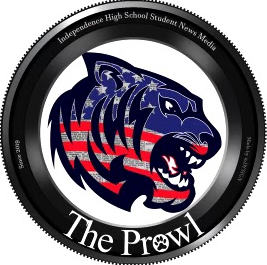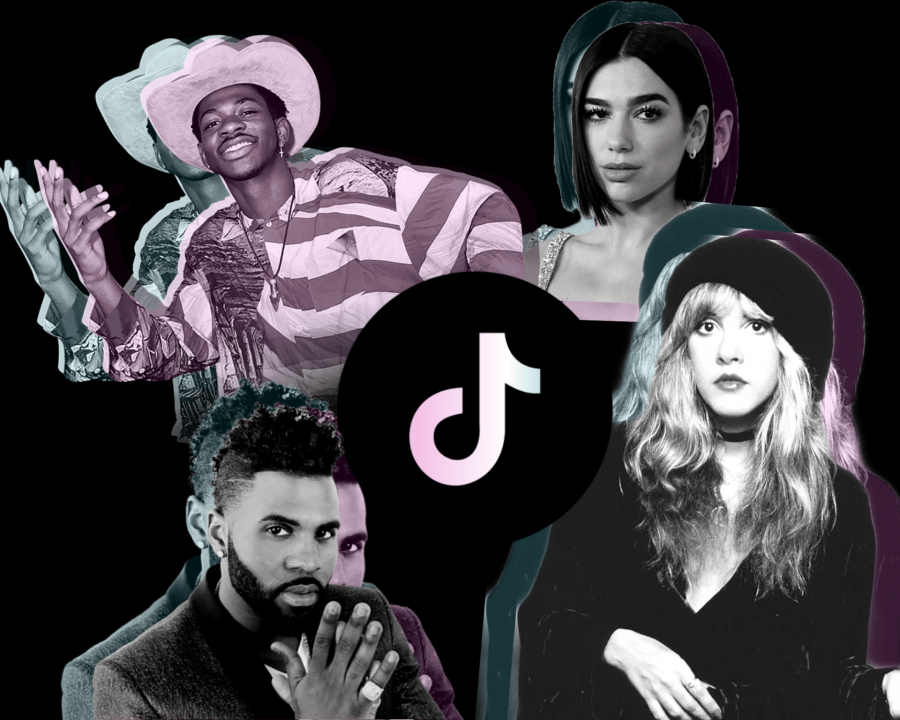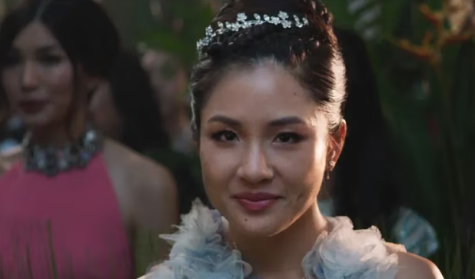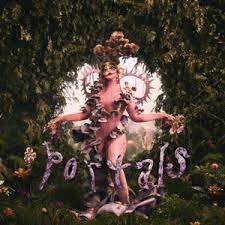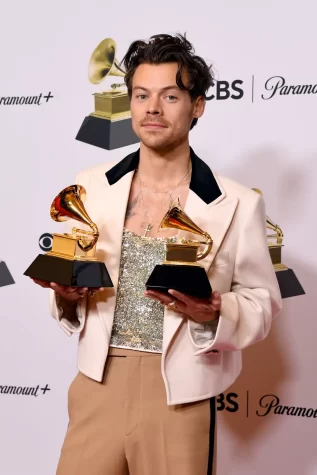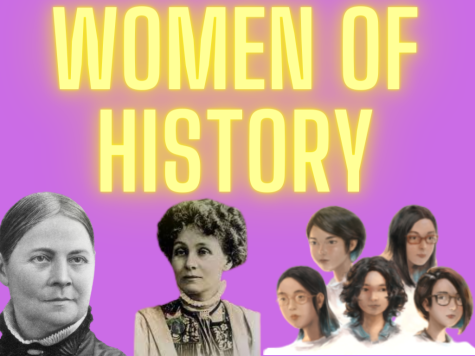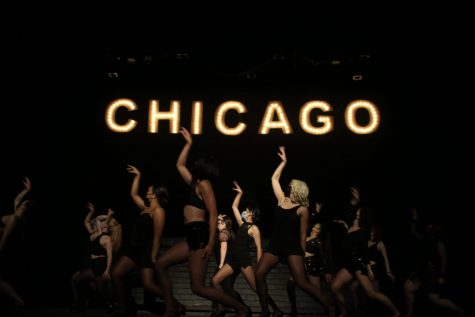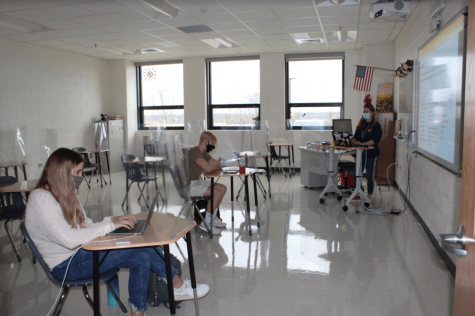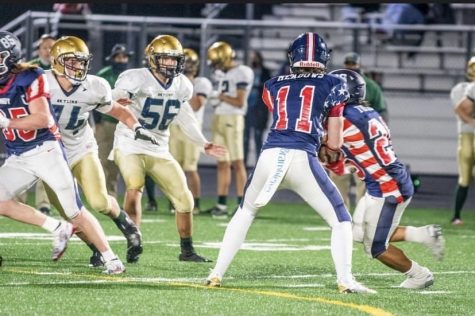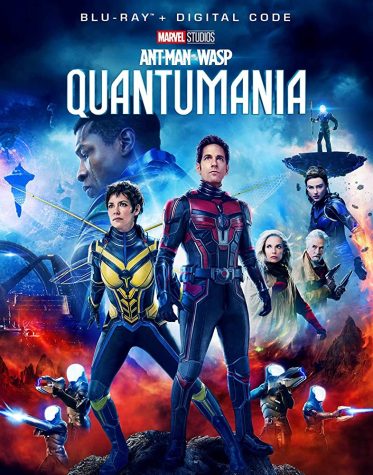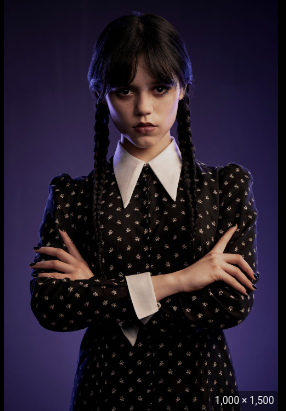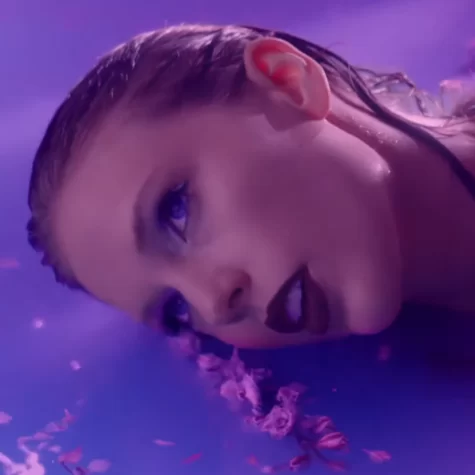TikTok and the music industry
Nathan Apodaca had no idea what would come from posting a video on TikTok of himself skateboarding alongside a major road in Idaho; specifically, a video in which he is lip-syncing along to Fleetwood Mac’s 1977 hit, “Dreams,” while drinking out of a large container of Ocean Spray Cran Raspberry juice.
Apodaca certainly couldn’t have predicted his video gaining over 11 million likes on the social media app, with thousands of shares and supportive comments.
The video spread like wildfire, drawing millions of viewers who wanted to see what the fuss was about and causing thousands to recreate the simple TikTok. It even prompted members of Fleetwood Mac, including Stevie Nicks and Mick Fleetwood, to create profiles on the social media app and post videos of themselves listening to the hit, each respectively getting millions of likes.

The skateboarding video, posted on Sept. 25, catapulted the ‘70s pop hit back onto current music charts. On Oct. 24, the track became the oldest non-holiday hit to be in the top 10 on Billboard’s Streaming Songs Chart.
“Dreams” re-entered the Billboard Hot 100 during the week of Oct. 17, reaching its 2020 peak the following week at number 12. Fleetwood Mac is currently at number 19 on Billboard’s Artist 100, after reaching their 2020 peak at third place during the week of Oct. 24.
This isn’t the first time that a viral TikTok song has pushed its way onto current music charts. In 2019, Lil Nas X’s hit “Old Town Road” was among the first few songs to break free from the social platform; spending a record 19 weeks at number one on the Billboard Hot 100.
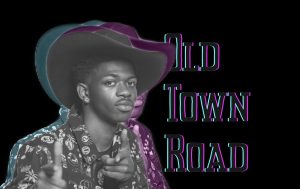
“Old Town Road” was just a starting point for TikTok’s chart domination. But how does this phenomenon work?
It all starts with one user using a song as an audio, dancing to the track or doing something intriguing with it. The TikTok algorithm will then push the video to thousands of users on their “For You” pages, where those viewers will share the video or even recreate it, turning the audio into a trend.
A little while later, the original audio will have gotten millions of plays, causing thousands to seek out the song on streaming services. The track then begins to climb music charts, as more and more listeners buy and stream the song.
Since there is no telling how quickly or slowly a song might grow on TikTok, a few digital marketing companies, such as Songfluence, have formed to speed up the process.
Essentially, these companies will gain a contract from a record label, and it’s their job to push the song onto TikTok. They do this through intricate data analysis, pinpointing users or “candidates” that would be beneficial to them. They reach out to those candidates, and offer them money in exchange for a dance.
Those users will upload a video of them dancing along to the song, and very quickly the audio moves up the chain to some of the largest accounts on TikTok. This is a way of “cheating the algorithm,” gaining millions of views in a shorter period of time.
Songfluence co-founder, Johnny Cloherty, spoke with writer Elias Leight in the article “How Do You Predict the Next TikTok Music Hit?” published on Oct. 12 for Rolling Stone.
Cloherty explained the process of paying influencers to push a promoted track, joking that “every 22 year-old that needs to make a couple bucks can say he promotes on TikTok.” In other words, it’s easy for Songfluence to find people willing to promote their song.
With this monetary motivation, the song will forcibly gain traction on the social media app, with the potential promise of it resonating with viewers and getting pushed onto music charts.
Radio stations rely heavily on streaming data, such as Spotify and Apple charts, to decide what to play. When they see a track gaining numbers, it’s a clear sign to them that it’s what listeners want to hear. The radio stations give air time to these TikTok songs, solidifying the tracks as official “hits.”
Through TikTok, countless new artists have been discovered and have landed record deals. Joshua Stylah, 17, known as Jawsh 685, is a prime example of this. A simple track concocted in his bedroom took off on the app, eventually landing Stylah a collaboration with Jason Derulo; leading the new artist to instant stardom with one of the best-selling tracks of Summer 2020, “Savage Love.”
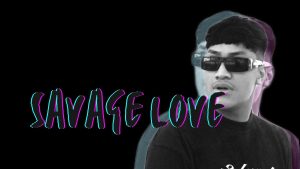
There are a few drawbacks of chart success through TikTok, however. Relying heavily on TikTok to fuel the music industry is seen as problematic by many music critics.
In an NPR interview released on Sept. 27, LA Times pop music critic Mikael Wood explained, “[…] you are potentially creating a generation of one-hit wonders. [New artists] haven’t developed the kind of grassroots when their next song isn’t maybe a viral smash.”
Artists getting fame overnight can hurt them in the long run. If they don’t immediately receive the same viral success as they did at first when they release another new song, or they don’t fully know what they’ve got themselves into, motivation and creativity could possibly disappear. Critics like Wood are worried that this could hurt the next generation of musicians, in an already difficult and competitive industry.
COVID-19 has also shaped the app’s hand in music. In a BBC interview released Sept. 11, TikTok’s U.K. head of music operations Paul Hourican commented that the app has seen plenty of “artists and labels leaning in and using the platform” during this pandemic.
Roughly 800 million people around the world use TikTok, making it a significant platform in terms of outreach. Artists and record companies are trying to find imaginative ways to sell music and connect with a large audience, so this giant platform is drawing heads.
#DuaVideo was a challenge competition launched at the end of August, where TikTok users could submit videos inspired by Dua Lipa’s song “Levitating” for a chance to be in the official music video for “Levitating (feat. DaBaby).” This competition was a partnership between Warner Records, TikTok, Tap Music, and the creative partnership agency Drum. Sixteen TikTok creators were chosen based on their creative entries, and all were featured in Dua Lipa’s music video, released Oct. 2.
The challenge garnered over 3 billion views on TikTok, which means snippets of the track were heard over 3 billion times. The hype over this competition pushed the remix into the top 50 on Billboard Hot 100, where it is currently residing.
As the platform grows, the next generation of artists will continue forming and developing. Others in the industry will continue to flock to the app, especially during this time where technology is the one thing that’s keeping everyone connected.
